Physics For Kids - Force
What is Force?
Force is a simple PUSH or PULL.
A PUSH moves an object away. A PULL brings it closer.
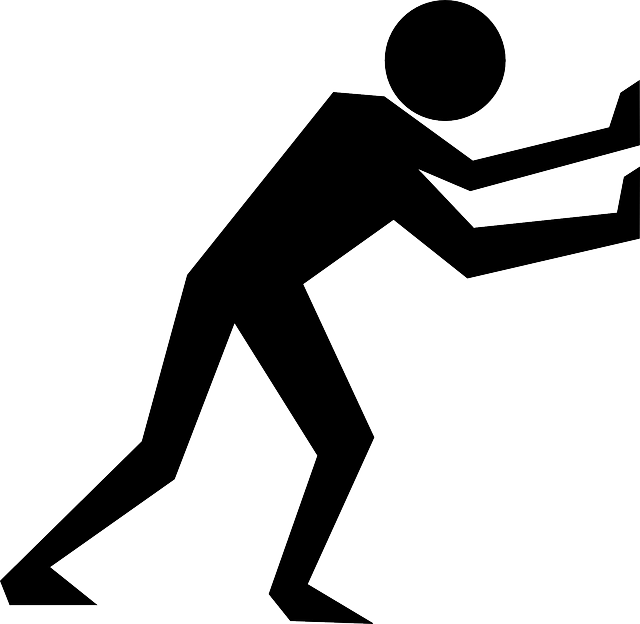
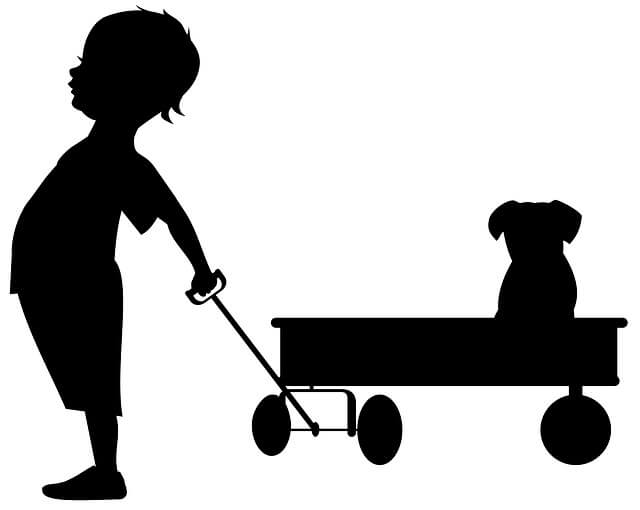
Lets understand with some examples of force ( i.e. push or pull).
When you throw a ball, it means you are applying force to push it away from you.
Or, when you are opening the drawer, it means you are applying force to pull it towards you. Suppose you are asked to move a table. In how many ways can you move it?
When you push the table, it moves or when you pull the table it still moves. It means force can make a static object move. Static object is an object that can’t move.



Now let’s try to answer the following questions of pushing and pulling –
- Open the drawer to get a pencil, what are you doing? (Push/Pull)
- Rolling a ball (Push/Pull)
- Press on the wall (Push/Pull)
- Drawing a bucket of water from well (Push/Pull)
- When you High Five with your friend (Push/Pull)
- When you are raising the bottom of the book in the air, what are you doing? (Push/Pull)
- If you raise your cute teddy bear by its ear, what are you doing? (Push/Pull)
You can get the answers at the end of this page. click here.
Force can be as small as a nudge or as big as a shove. There are many forces around us every day. Such as riding your bike, kicking a ball, flying a kite, riding your skateboard, etc.
What effect do forces have on objects? (What can forces do on any object?)
- Force can make something move ,
- Speed up
- slow down
- Stopping object
- change direction
- or even change shapes
How is force related to mass?
Lets understand with an example. Your friend gave you three covered boxes to push.

You pushed all three boxes. Which box were you able to push easily and which box did you find hard to push.
Your answer is Box C. Weldone! You are right.
Do you know ? Why did you find it difficult to push box C? Because box C is filled with rocks that are heavier than paper and cotton ball filled boxes A and B respectively.
Have you ever wondered why rocks are heavier than cotton balls and paper? That’s because rocks have more MASS than cotton balls and paper. Objects that are heavy or have more mass need more force to move it. That’s why you found it difficult to push box C.
What is Mass?
Mass is the amount of matter (i.e., electrons, protons and neutrons) in an object.
Mass is usually measured in kilograms which is abbreviated as kg.
If two objects are the same mass, and different forces are applied to them. The object that receives the greater force will move faster, and the object that receives the lesser force will not move as fast.
Question for kids – What would it take to slow down or stop a heavier object?
Answer is, to slow down or stop a heavier object, the force must be greater than what it would to slow down a smaller object
What are the different types of forces ?
1. Contact Forces:
In contact forces two objects interact with each other; they have a physical contact with each other.
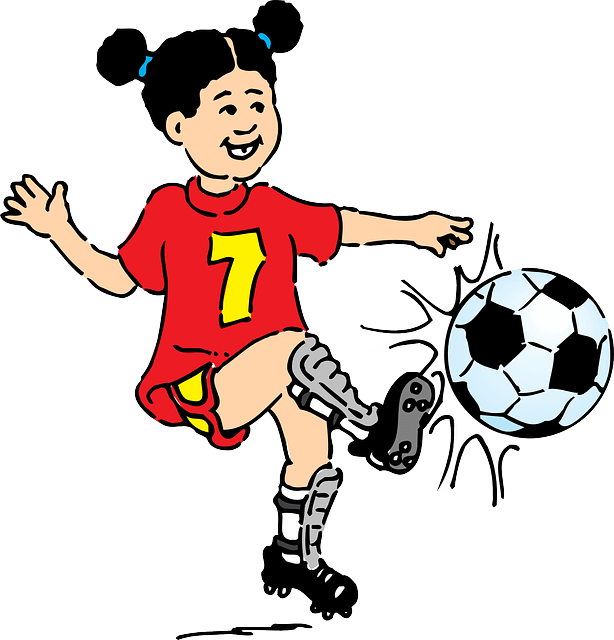
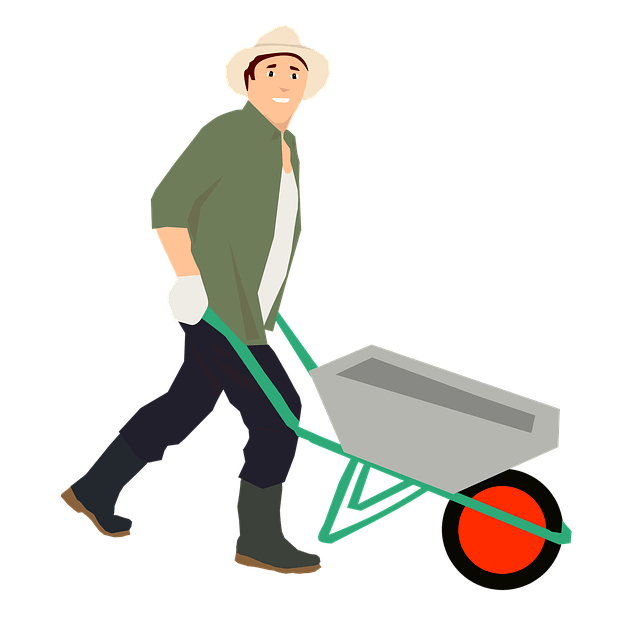
There are SIX types of contact forces:
Normal Force
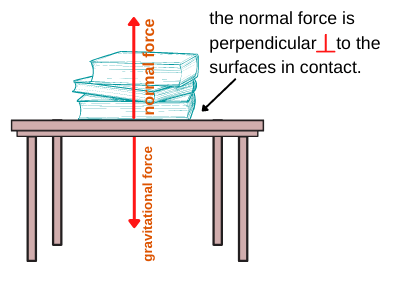
Have you ever wondered why the book kept on a desk does not fall down if gravity force pulls everything downward?
There is a force applying on the book by the desk, which is equal to the gravity force pulling it downwards. The force exerted by the table is known as the normal force.
When two objects are in contact, they exert a normal force perpendicular to the contacting surfaces.
Applied Force
Air Resistance Force
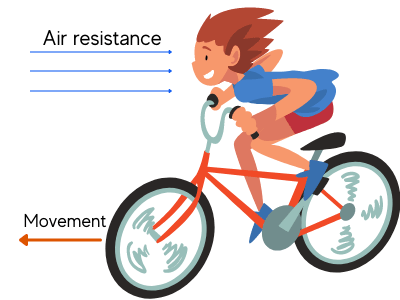
The force of air resistance is a frictional force that pushes against a moving object. This force always tries to slow a moving object down. It is also known as DRAG.
Let’s look into the example; when you ride your bicycle fast, you can feel the air pushing you backwards. Also, you must have observed that your hair flies towards the back. This happens due to air resistance. The faster you ride the bike, the bigger the air resistance becomes.
Or, If you have ever flown a kite, then you must have noticed that when you pull the kite, the air pushes it upwards. This push is the air resistance.
So we can say that air resistance is a resistive force that we can experience when we move in through the air.
Tension Force
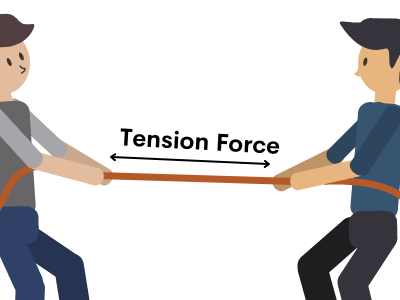
Frictional force
The frictional force is the force that resists motion when the surface of one object comes in contact with another object’s surface. Force of friction always acts in the opposite direction and slows down or stops the motion of an object.
For example, what happens when you kick a ball in the playground? It goes forward, but it stops after a while. It stops due to frictional force.

Spring Force
2. Non-contact Forces or Distant Forces:

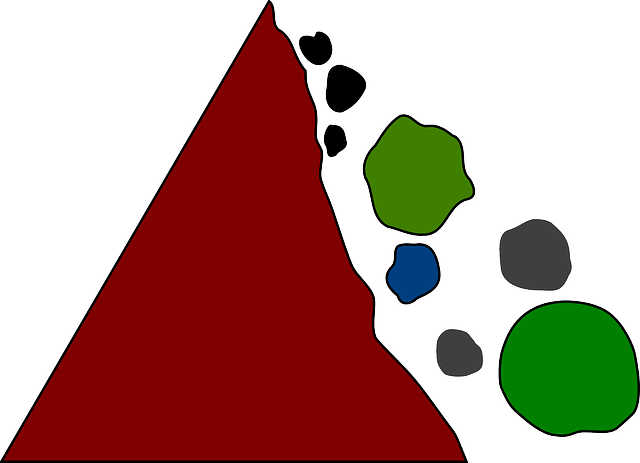
Non-contact forces or distant forces – When you jump, you automatically return to the surface. Or when you throw a ball up in the air, it reaches the highest point and then it always returns to the ground.
Why does it return to the ground?
This is all due to non-contact force. That is called gravitational force.
In non-contact forces two objects do not interact with each other; they do not have physical contact with each other.
There are 3 types of non contact forces :
- Gravitational Force
- Magnetic Force
- Electrical Force
Answer
1-Pull, 2-Push, 3-Push, 4-Pull, 5-Push, 6- Push, 7-Pull
Hope you understood what is force in physics, what is mass, types of forces for kids, examples of forces etc. Please don’t forget to attempt a force quiz for kids.
